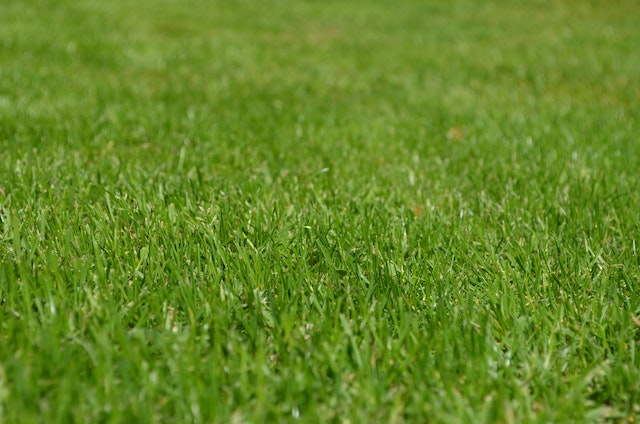
The Sumach (Rhus typhina) is notorious for producing suckers, Start by chopping through the roots to separate the suckers from the parent plant. Ccut the stems down to ground level, when the new growth is about 30 cm high, treat with SBK Brushwood Killer (Vitax). It is absorbed by the new leaves and kills their roots.
 |
Gardening Expert: |
If you can't find what you are looking for on the website then you can ask one of our experts. To get in touch with us Click Here
We will try to get back to you with an answer as soon as we can.
A lawn is an area of land covered with grass that is usually kept at a short height by mowing. Lawns are a common feature of residential and commercial landscapes, providing a soft, green carpet for outdoor activities and aesthetic appeal. They can also help to reduce soil erosion and provide a habitat for wildlife.
Lawns are typically composed of grass species that are adapted to the local climate and growing conditions. They require regular maintenance, including mowing, fertilisation, watering, and weed control, to keep them healthy and attractive.
The cultivation of a lawn begins with site preparation, which involves removing weeds, rocks, and other debris from the area. The soil is then amended with organic matter and fertiliser to provide the necessary nutrients for grass growth. Grass seed or sod is then planted and watered regularly until it is established. Once the lawn is established, regular maintenance is required to keep it healthy and attractive. This includes mowing, fertilisation, watering, and weed control.
Lawns are primarily used for recreational purposes, providing a soft, safe surface for activities such as picnics, sports, and games. They also provide aesthetic appeal and can increase property value. Lawns can also help to reduce soil erosion and provide a habitat for wildlife. Some homeowners choose to incorporate other elements into their lawns, such as flower beds, shrubs, or trees, to add visual interest.
While lawns have many benefits, they can also pose environmental concerns. Lawns require significant amounts of water, fertiliser, and pesticides to maintain, which can lead to water pollution, soil degradation, and other environmental problems. In addition, the use of gas-powered mowers and other lawn equipment can contribute to air pollution. Some homeowners choose to reduce the environmental impact of their lawns by using organic lawn care methods, such as composting and natural pest control, or by replacing all or part of their lawns with alternative landscaping options, such as native plant gardens or vegetable gardens.
Lawns are a common feature of residential and commercial landscapes, providing a soft, green carpet for outdoor activities and aesthetic appeal. While they require regular maintenance, including mowing, fertilisation, watering, and weed control, they can also provide many benefits, such as reducing soil erosion and providing a habitat for wildlife. However, they can also pose environmental concerns, which should be considered when planning and maintaining a lawn.
Did you find this answer useful? Subscribe to our newsletter for gardeing news, projects, special offers and competitions.
Aswan Botanical Garden
Aswan, Egypt
Desert Botanical Garden
Phoenix, Arizona, USA
Singapore Botanic Gardens
Singapore
RHS Harlow Carr
Harrogate, United Kingdom
Kenrokuen Garden
Kanazawa, Ishikawa, Japan
Villa d'Este Gardens
Tivoli, Italy